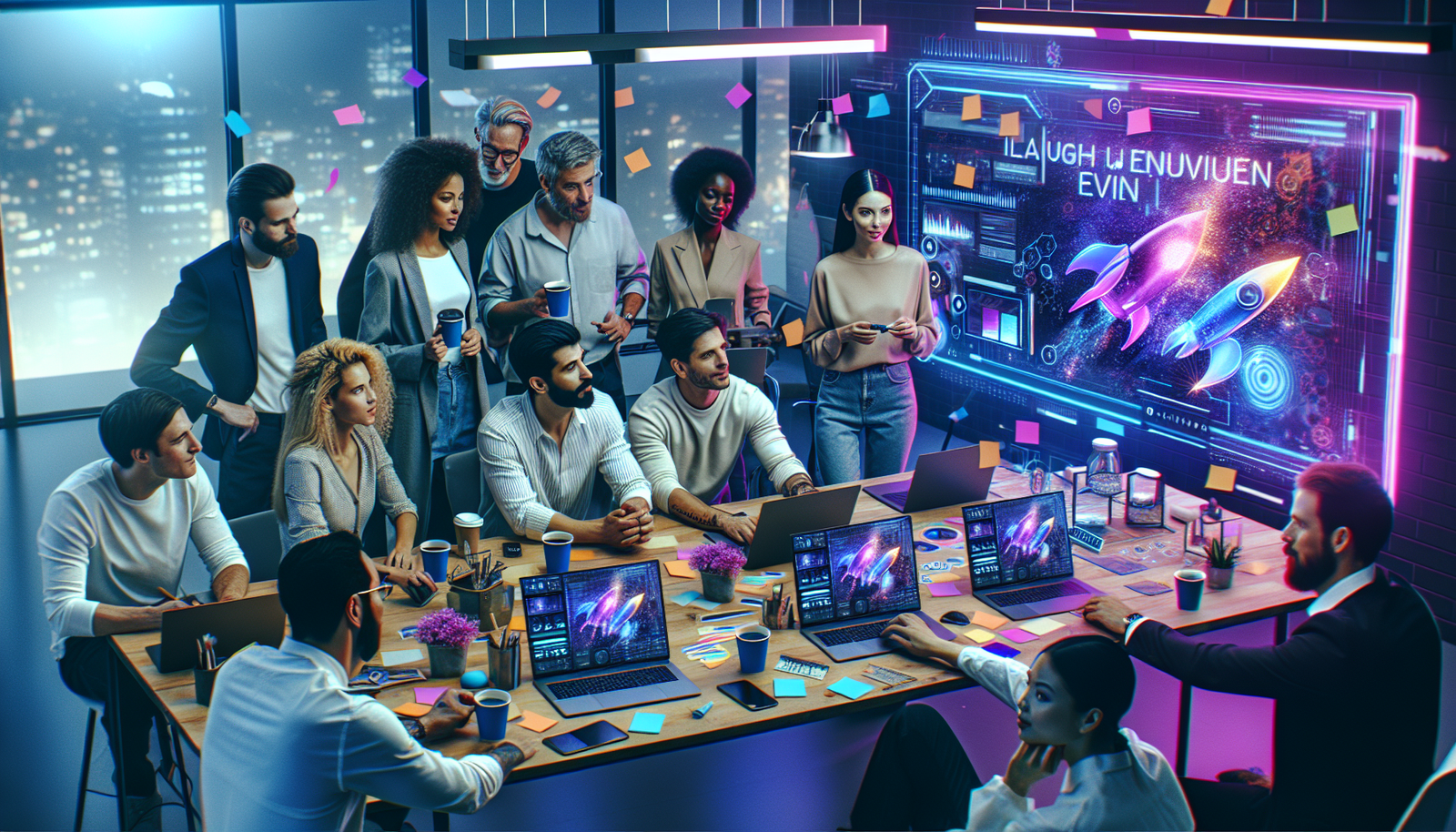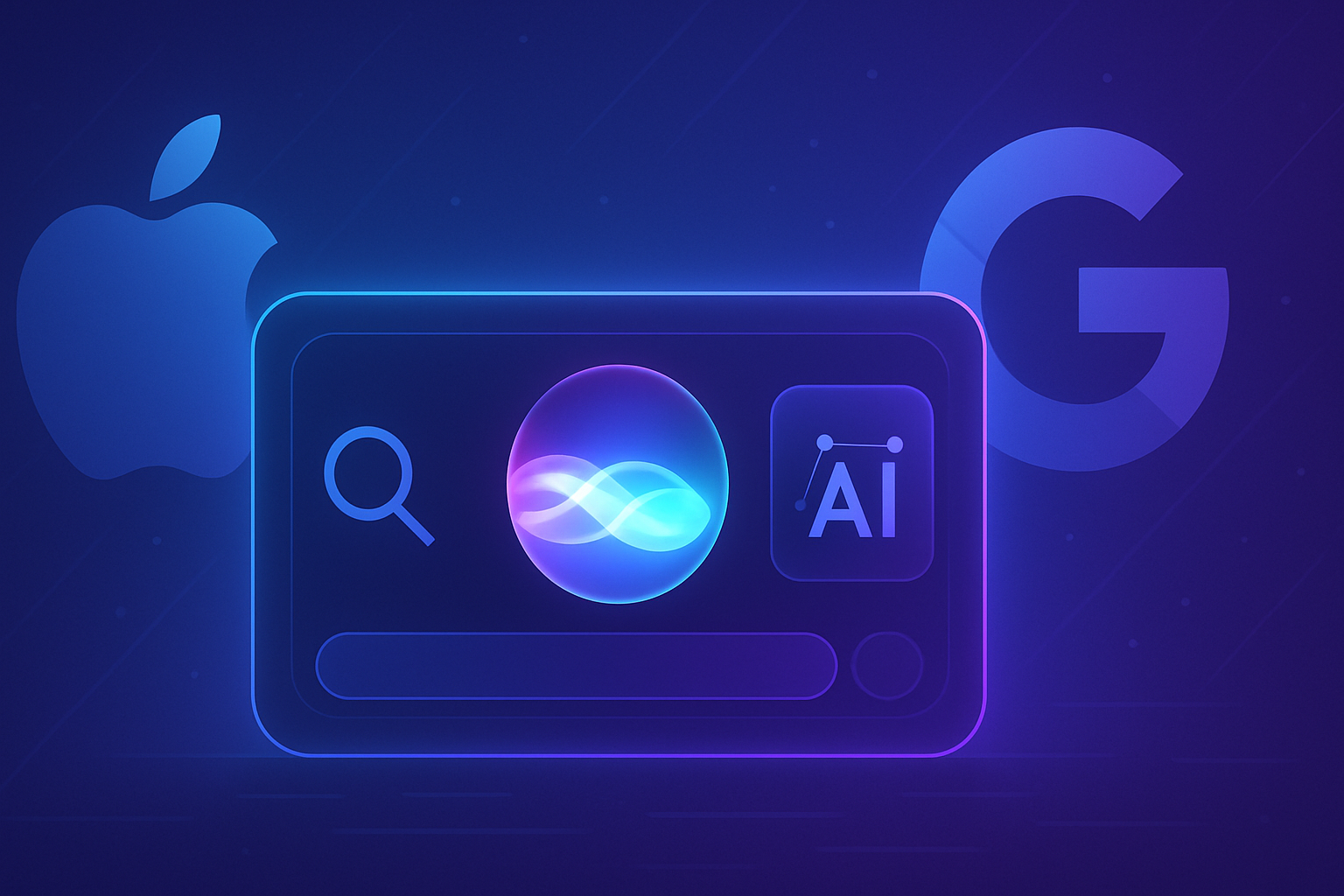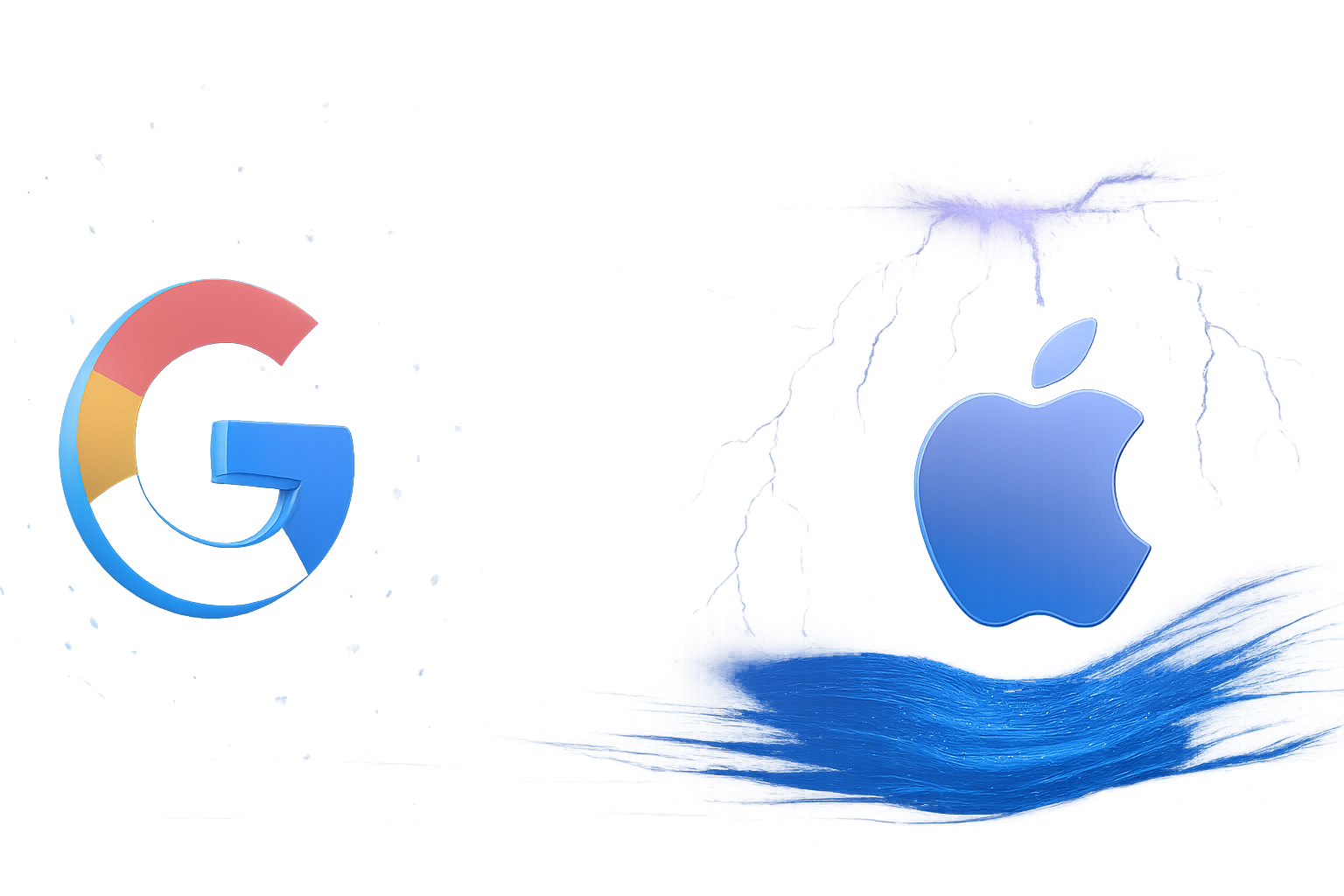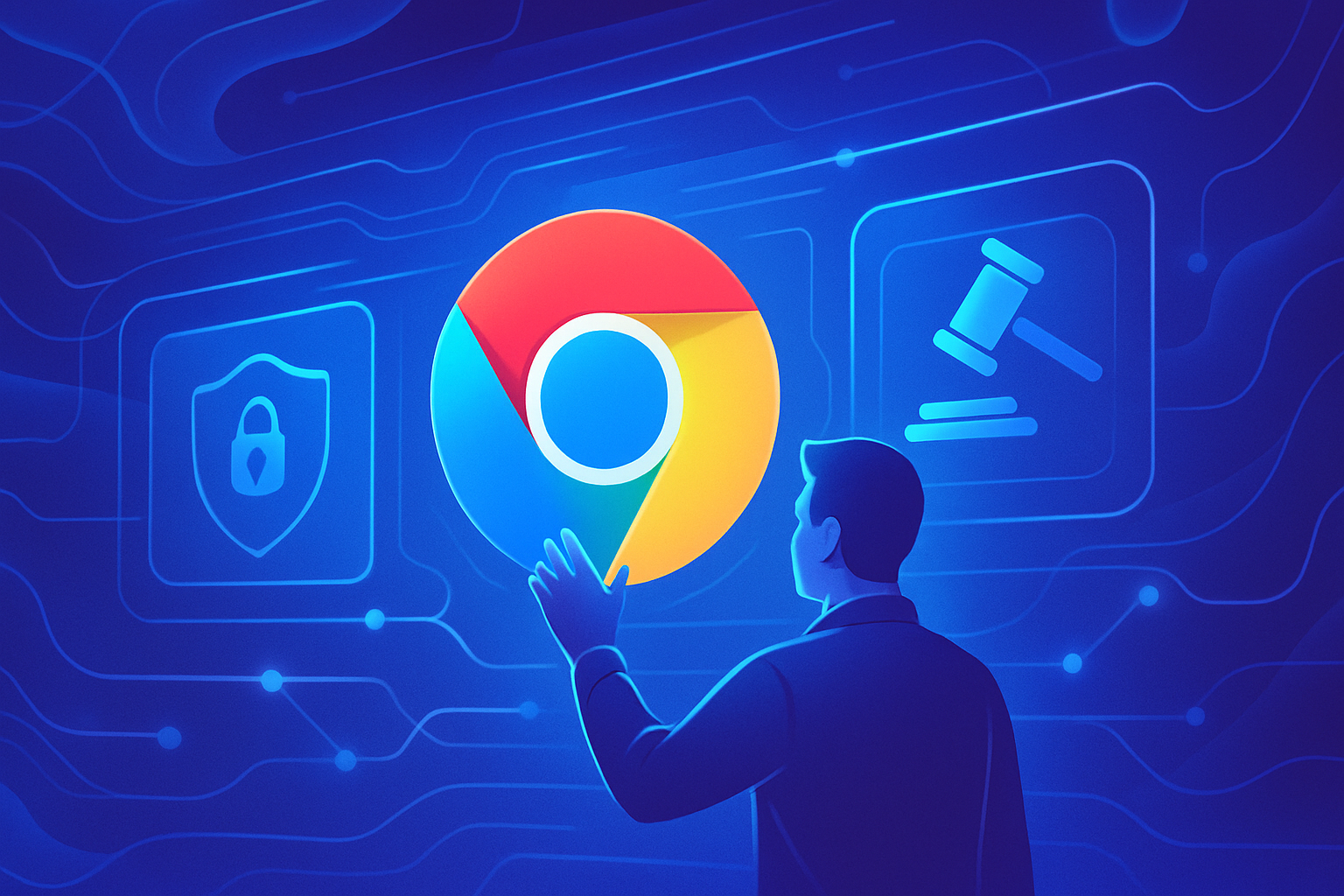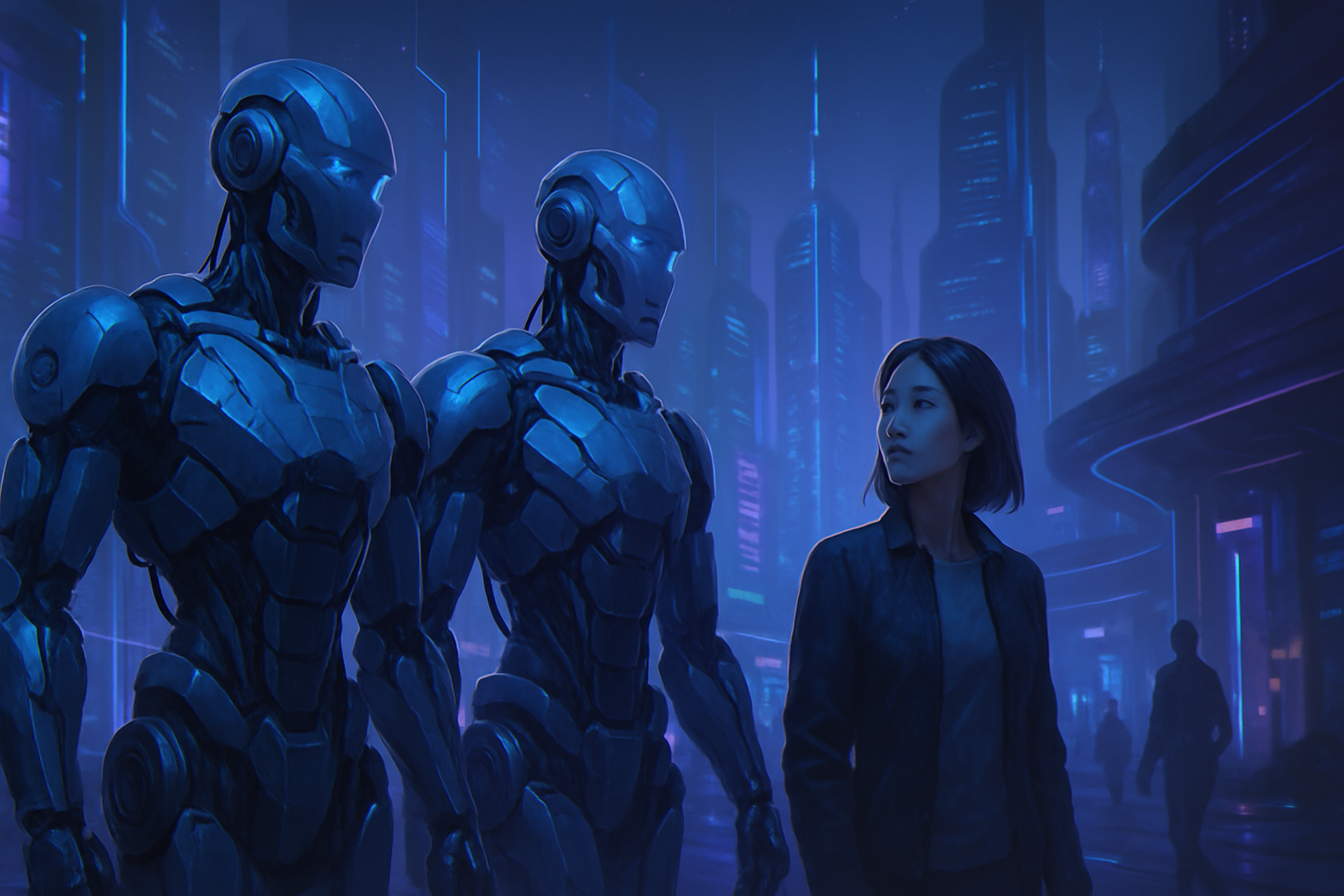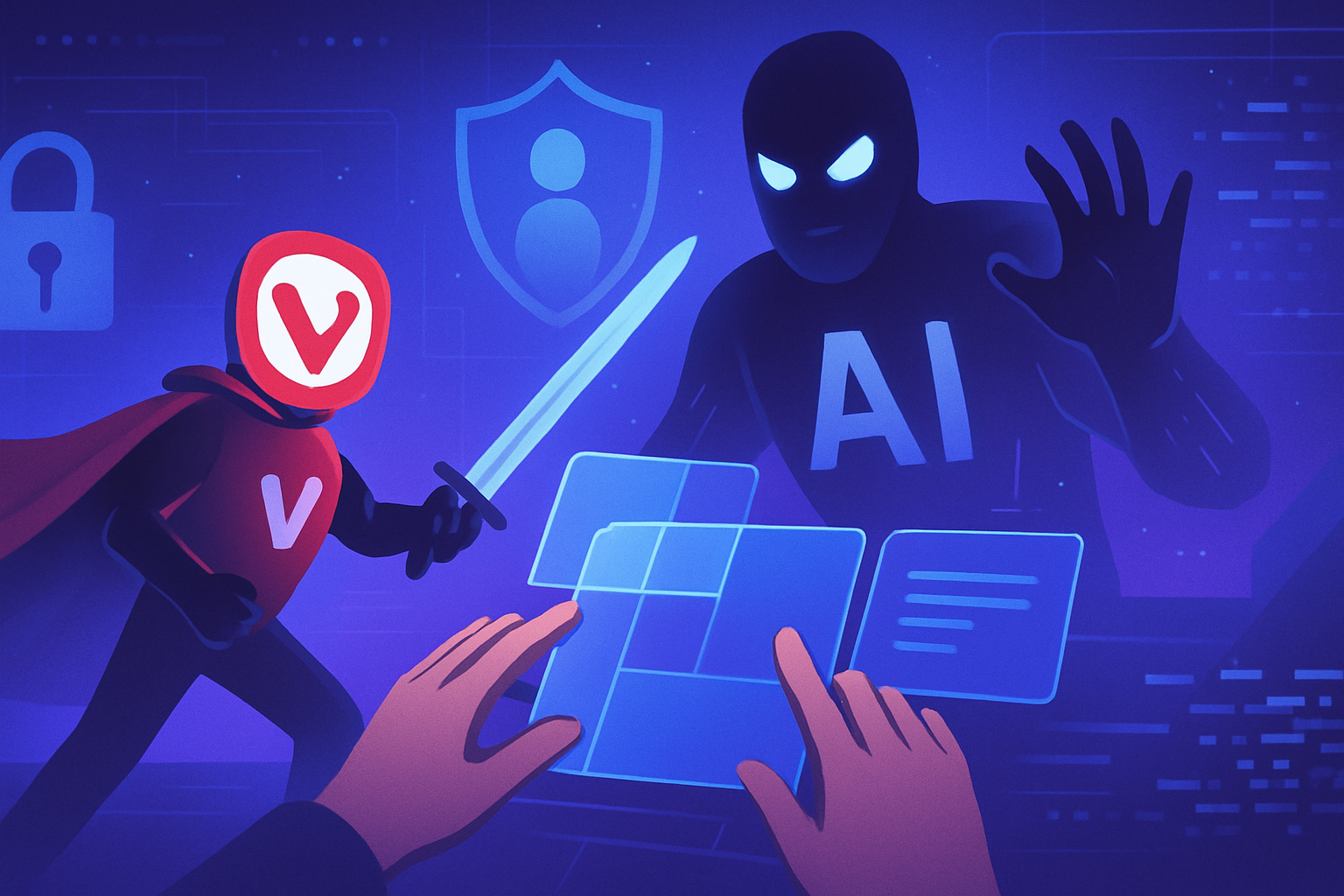Technological innovation shines brightly with the arrival of Veo, the video solution powered by AI offered by Google. This new tool redefines the visual landscape by providing audiovisual creations of unparalleled quality. The integration of Veo within Vertex AI underscores Google’s ongoing commitment to the realm of artificial intelligence.
This revolutionary model, capable of generating videos in 1080p resolution, raises questions about the future of digital creativity. The image-to-video function is particularly promising, propelling Google to a leadership position among industry giants. Visual consistency and detail refinement are the keys to this notable advancement, marking a major turning point in generative AI.
Veo: A New Era for AI Video Creation
Google Cloud recently launched Veo, a new tool for video generation by artificial intelligence, positioning itself as a direct challenger to OpenAI’s Sora tool. In private preview phase, this innovative device integrates the capabilities of Vertex AI to revolutionize video content production.
Technical Features of Veo
Veo stands out for its ability to generate high-resolution videos, reaching 1080p, with a duration exceeding one minute and a frame rate of 24 or 30 frames per second. This innovative model excels in transforming text into videos (text-to-video) as well as converting images into animated sequences (image-to-video). These features place Google Cloud at the forefront of hyperscalers, offering a unique set of tools.
Stability and Visual Consistency
The architecture used by Google is based on a system of latent diffusion transformers. This technology ensures unprecedented visual consistency within the generated sequences. Characters, objects, and styles remain stable from one image to another, minimizing disruptive visual artifacts. Thus, the viewing experience is significantly enhanced.
A Strategic Timing
The launch of Veo comes at a time when Amazon is showcasing its innovations in generative artificial intelligence at the AWS Re:Invent conference. This coincidence reinforces Google’s position in the fierce competition surrounding generative video AI.
Examples of Creation with Veo
Google has unveiled several videos created with Veo, showcasing its impressive capabilities. Among the examples are captivating sequences, such as a bear playing guitar, a crowd celebrating at an electronic concert, and a sailboat challenging tumultuous waves. These demonstrations highlight the remarkable stability of the generated results.
Cinematographic Effects and Professional Potential
Veo also stands out for its mastery of complex cinematographic effects, such as time-lapse and camera movements. This usability potential is particularly relevant in a professional context, where visual quality is paramount.
Quality of the Generated Video
The quality of videos generated from a simple image is also expected to be impressive. Users can look forward to results of exceptional clarity, opening the door to numerous creative applications.
Accessibility and Evaluation of Capabilities
Like Sora, Veo is currently inaccessible to the general public. The Journal du Numérique was unable to test the model due to this limitation. This lack of direct testing makes it difficult to accurately assess its true capabilities and limitations.
Frequently Asked Questions about Google’s Veo and Vertex AI
What is Veo and what is its main feature?
Veo is an AI video generator developed by Google, capable of creating 1080p videos from texts, images, and video prompts.
How does Google’s Veo compare to other video generation models like OpenAI’s Sora?
Veo positions itself as a direct competitor to Sora, highlighting its ability to maintain visual consistency and generate long videos, exceeding one minute with 24 or 30 frames per second.
What technology underpins Veo’s operation?
Veo utilizes an innovative architecture known as “latent diffusion transformers,” allowing for visually stable sequences without artifacts.
What are the specific video generation features of Veo?
Veo excels in two areas: generating videos from text (text-to-video) and transforming images into videos (image-to-video).
Is Veo accessible to the general public?
Currently, Veo is only available in private preview and is not accessible to the general public or certain media, so its use is limited to a select group of clients.
What new videos has Google presented to demonstrate Veo’s capabilities?
Google has shared remarkable examples, such as a bear playing guitar, a crowd celebrating at an electronic concert, and a sailboat navigating rough seas, illustrating the creativity and visual quality of Veo.
In what context did Google announce Veo?
The announcement of Veo came at a strategic moment, during the AWS Re:Invent conference, to position itself as a leader in the race for generative video AI.
What are the benefits of using Veo for professional projects?
Veo offers usability potential in professional contexts due to its ability to generate high-quality videos and master complex cinematographic effects such as time-lapses and camera movements.
What are the known limitations of Veo to date?
Given the limited access to Veo for practical testing, the true capabilities and potential limitations of the tool remain uncertain.
